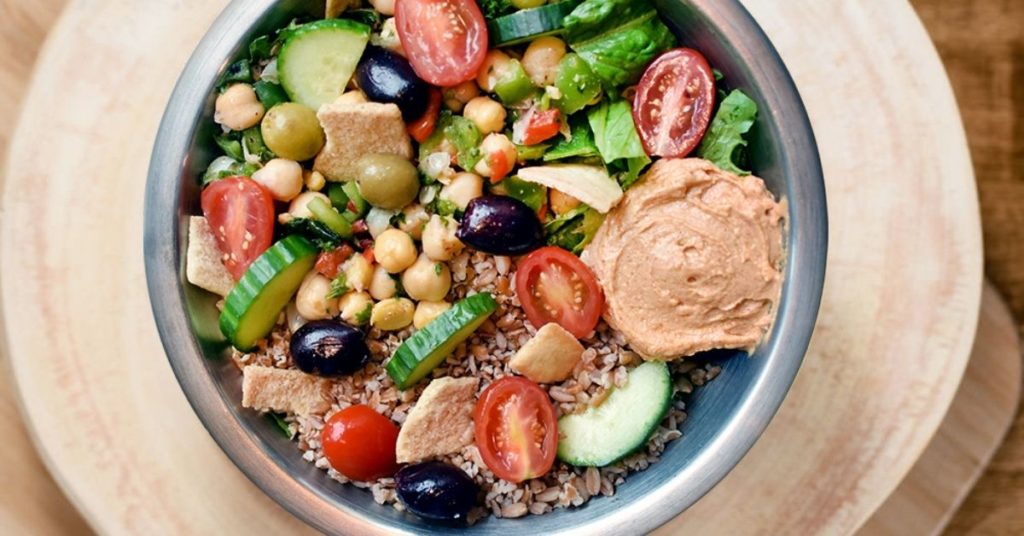Designing Seasonal Salads: Embracing Fresh Produce Throughout the Year

What do you think of when you hear the word salad? A bowl of plain lettuce with a few cucumbers and tomatoes? Think again! Salads can be so much more than that, especially when you add in seasonal produce. Eating seasonal fruits and vegetables comes with a lot of benefits, and designing seasonal salads is one of the easiest ways to do so. In this blog post, we’ll explore how you can embrace fresh produce throughout the year by designing delicious seasonal salads.
Understanding Seasonality
The first step towards designing seasonal salads is to understand seasonality. Different fruits and vegetables thrive in different seasons, so it’s important to know what’s in season near you. Do some research about the fruits and vegetables that are in season locally and make a list. Not only is eating seasonally better for your health, but it’s also better for the environment as the produce requires less energy to grow and transport.
Mixing and Matching
The art of designing seasonal salads is all about mixing and matching ingredients. Don’t be afraid to get creative with your combinations! For example, during the summer months, try combining strawberries, blueberries, and nectarines in your salad with fresh basil and arugula. In the winter months, think about adding seasonal items like butternut squash, kale, or pomegranate seeds.
Focus on Flavors and Textures
When designing a salad, you want to create a balance of different flavors and textures. Consider using a mix of crisp, crunchy, and soft ingredients for a satisfying bite. Include sweet, salty, and acidic components as well, like dried fruits, nuts, cheeses, and vinegar. Balance is key!
Dressing It Up
Another important aspect of any salad is the dressing. Make your own dressings with olive oil, vinegar, lemon juice, or other tasty ingredients. Experiment and find a balance of acidity and sweetness to match the flavors of your salad. Winter salads may need heavier dressings and those in summer can be lighter.
Make It a Meal
Salads can be made into meals by adding a protein source. Grilled chicken or shrimp, roasted nuts, hard-boiled eggs, or edamame beans are all great options. Also, quinoa, lentils, beans, or tofu can add nutrients as well. The added protein, along with all the seasonally fresh produce, transforms your salad into a nutrient-dense, balanced meal.
Conclusion
Designing seasonal salads is an excellent way to embrace fresher produce throughout the year while enjoying a healthy and delicious meal. With a little creativity and attention to flavor and texture, you can create an endless variety of mouth-watering salads that your family, friends, or even coworkers will love. Remember to mix and match seasonal ingredients, balanced flavors and textures, and experiment with dressings to create your perfect salad. So, the next time you’re at the farmers’ market or grocery store, embrace freshness by picking seasonal produce and get ready to design the perfect seasonal salad!